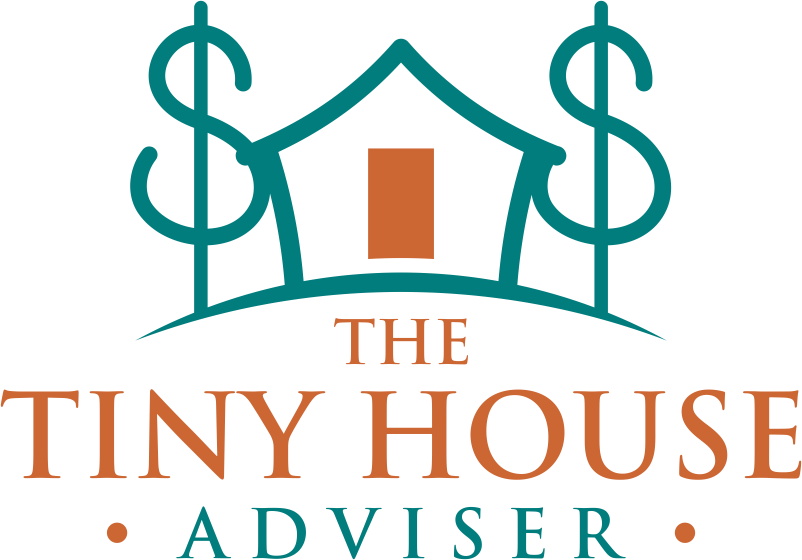EP 90: 9 Ideas from SkooliePalooza 2: Exploring Alternative Living on the Road
If you've ever wondered what life looks like outside of the traditional housing model, a road trip through the American Southwest might open your eyes. In a recent episode of Less House, More Moola, Laura Lynch shared her reflections from a trip to Quartzsite, Arizona, where she attended Skoolie Palooza and encountered a broad spectrum of alternative living setups. From high-end RV communities to rugged off-grid homesteads, the journey underscored the diversity, challenges, and freedoms that come with choosing a different path.
The Expanding Landscape of Alternative Living
Laura’s trip took her from Northern New Mexico through Arizona, passing through sprawling suburban developments, fulfillment centers, and expansive stretches of undeveloped land. While traditional housing developments continue to grow, she noted the sheer amount of cheap land available—vast, flat expanses with little infrastructure, ideal for those seeking an off-grid lifestyle but requiring thoughtful planning for water and power needs.
Water access, in particular, stood out as a critical factor for alternative living. Unlike traditional homeownership, where utilities are a given, those choosing van life, tiny houses, or off-grid homesteads must carefully manage their water supply. Laura reflected on how her own travel experience emphasized this reality, as their stay was dictated by available resources.
A Spectrum of Lifestyles in Quartzsite
At Skoolie Palooza, Laura witnessed the full range of individuals embracing nontraditional housing. Some attendees lived in high-end motorhomes complete with luxury amenities, while others made do with DIY campers and repurposed materials. This diversity highlights how alternative living isn’t just for those looking to downsize or simplify—it’s a choice made by people across the economic spectrum.
Quartzsite, known as a winter haven for nomads, showcased how people create homes wherever they park. Some lived in well-equipped skoolies (converted school buses), while others resided in truck campers, tents, or even minimalist setups relying on solar power and hauled water. The sense of community was strong, with people gathering to share resources, trade goods, and support one another in their unique lifestyle choices.
The Importance of Thoughtful Design and Planning
A key takeaway from Laura’s journey was the importance of planning when choosing an alternative lifestyle. While the freedom of living off-grid or in a mobile home is enticing, practical considerations—such as access to water, shelter from extreme weather, and financial sustainability—are crucial. She emphasized that no matter how unconventional a home may be, good design and forethought make all the difference in achieving long-term comfort and stability.
For those considering downsizing to a tiny home, embracing van life, or building an off-grid homestead, Laura’s reflections offer valuable insights. Alternative living isn’t always easy, but with careful planning, it can provide financial resilience, environmental sustainability, and a lifestyle that aligns more closely with personal values.
Finding Your Perfect Fit
Laura closed her reflections with a sentiment that resonates with many in the tiny house and alternative living community: “All versions of life are hard, and we get to pick our hard.” Whether choosing the security of a traditional home or the freedom of a nomadic or off-grid lifestyle, every choice comes with trade-offs. The key is to determine what aligns best with your vision of happiness and stability.
For more stories and insights into alternative living, stay tuned to Less House, More Moola and explore the possibilities of a life beyond the conventional American dream.
Want to figure out if alternative living is right for you? Take the Unconventional Values Quiz today and start living life on your own terms.
Takeaways from the episode
“Alternative living can provide freedom from traditional pressures.”
“Alternative living attracts a wide range of people.”
“Planning is essential for sustainable living.”
Subscribe to the podcast
Apple Podcasts | Spotify | Stitcher | Amazon Music | YouTube | RSS

